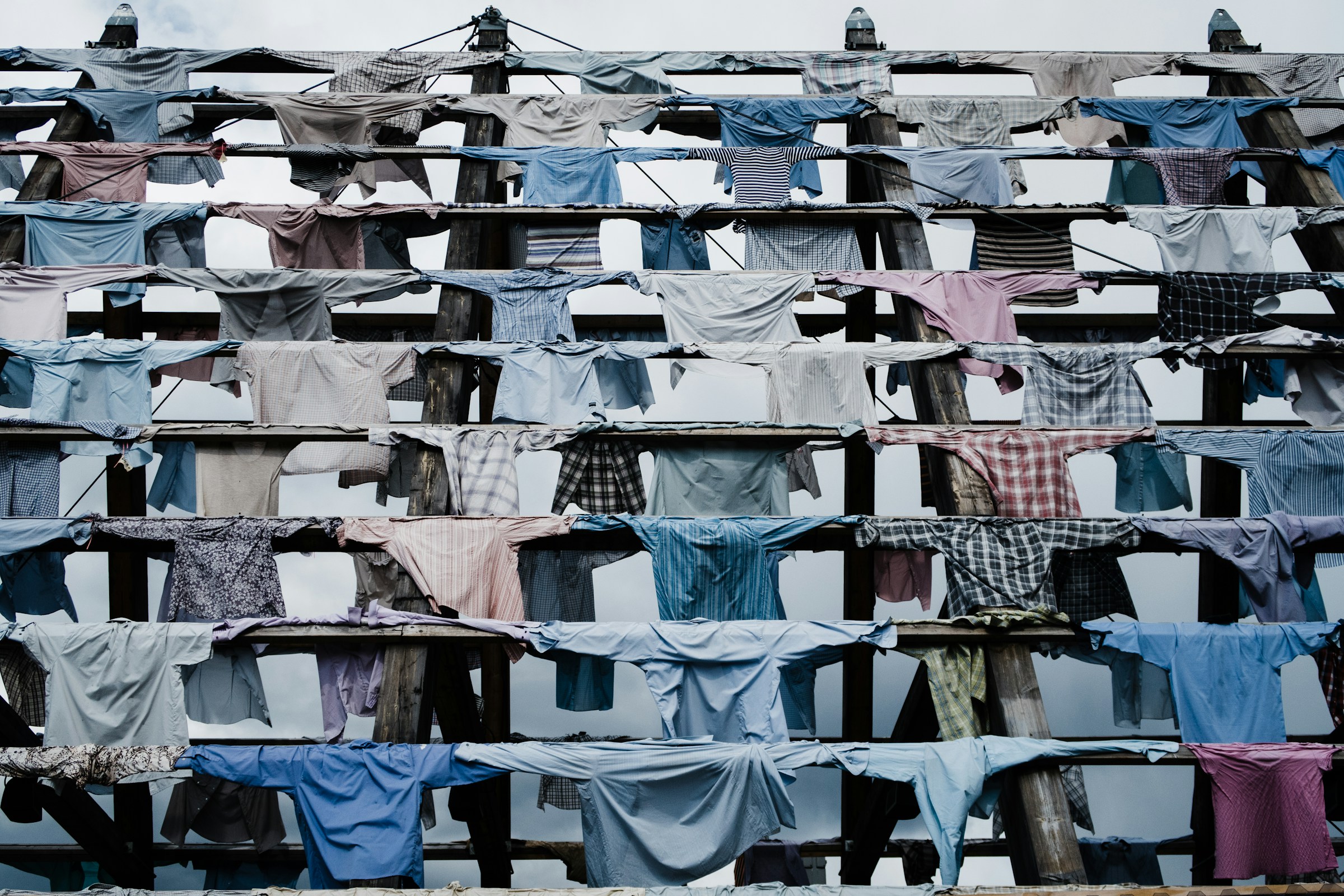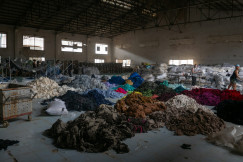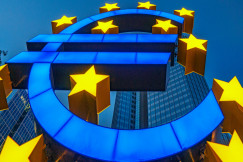Library
14 May 2025
Circularity of the EU textiles value chain in numbers
Library
14 May 2025
Social dimension
Sustainable competitiveness
Digital
+14 more
Login / create an account to be able to react

The European Environment Agency’s (EEA) latest briefing reveals that textile consumption in the EU is rising, placing major pressure on the environment. It calls for urgent action to improve reuse, recycling, and circular design across the value chain.
European Environment Agency
Topics
Albania
Armenia
Austria
Belgium
Bosnia and Herzegovina
Bulgaria
Croatia
Cyprus
Czechia
Denmark
Estonia
EU-27
Finland
France
Georgia
Germany
Greece
Hungary
Iceland
Ireland
Italy
Kosovo
Latvia
Liechtenstein
Lithuania
Luxembourg
Malta
Moldova
Montenegro
Netherlands
North Macedonia
Norway
Poland
Portugal
Romania
Serbia
Slovakia
Slovenia
Spain
Sweden
Switzerland
Türkiye
Ukraine
Academic / Research and VET Institutions
Business Support Organisation
Company with 250 or more employees
Cluster Organisations
Consumer Organisations
Cultural and Heritage Organisations
Destination Management & Marketing Organisations
EU Institutions
Financial Institutions and Investors
Industry Associations and Chambers of Commerce
International Organisations
Local Authorities
Media / Journalist Organisations
National authorities
Networks and Federations / Confederations
NGOs / Non-profits
Notified Bodies
Regional Authorities
SMEs (a company with less than 250 employees)
Social Economy Entity
Trade Unions
Other
-
Transition Pathway's building blocks
-
-
Social dimension
-
Sustainable competitiveness
-
-
Industrial ecosystems
-
-
Digital
-
Proximity and social economy
-
Retail
-
Textile
-
-
Textiles ecosystem areas
-
-
Fibres, yarns and fabrics
-
Apparel and clothing accessories
-
Household/interior textiles
-
Technical textiles
-
Leather and fur
-
Footwear
-
Research and Innovation
-
Technology and Machinery
-
Waste management, reuse and repair
-
Business support and Communication
-
Not area specific (interested in more than one of the above)
-
Share
The European Environment Agency’s (EEA) briefing, published in March 2025, provides a comprehensive analysis of the EU’s textile consumption and its environmental impacts. It highlights the pressing need for systemic changes in the textile industry to enhance circularity and sustainability.
The report reveals that the average EU citizen’s textile consumption increased from 17kg in 2019 to 19kg in 2022. This surge places textiles among the top five consumption categories exerting pressure on raw material use, greenhouse gas emissions, and water and land use. While digital technologies offer potential efficiencies, they may also drive increased consumption through online platforms. The EEA emphasises the necessity for a shift towards higher quality, longer-lasting products, and improved reuse, repair, and recycling practices.
Key takeaways
- Average textile consumption in the EU rose to 19 kg per person in 2022.This increase reflects the continued demand for fast fashion and short-use textile products. It signals an urgent need to reduce consumption through product longevity and responsible consumer behaviour.
- Textiles rank fifth in environmental and climate pressures among household consumption categories. The textile lifecycle from production to disposal places high pressure on ecosystems, contributing significantly to CO₂ emissions, water stress, and land degradation.
- Digital technologies can both mitigate and exacerbate environmental impacts. While they can help trace supply chains and promote circular business models, digital platforms may also encourage overconsumption through targeted advertising and faster purchasing decisions.
- A systemic shift towards circular practices is essential for sustainability. The report calls for more robust reuse, repair, recycling infrastructure, and new business models that prioritise quality over quantity—transforming how textiles are designed, produced, and consumed.
This briefing serves as a crucial resource for policymakers, industry stakeholders, and communities aiming to foster a more sustainable and circular textiles economy in the EU.
Access the full briefing here.
Comments (0)
See also
-
131
The EU’s vision for sustainable fashion: transforming the textiles sector by 2030
- Categories
- Infrastructure Investments and funding R&I, techniques and technological solutions +28 more
-
58
Transition Pathway for a resilient, sustainable, and digital textiles ecosystem
- Categories
- Infrastructure Investments and funding R&I, techniques and technological solutions +28 more
-
89
Small mid‑caps: bridging the gap between SMEs and large companies
- Categories
- Infrastructure Investments and funding R&I, techniques and technological solutions +28 more




